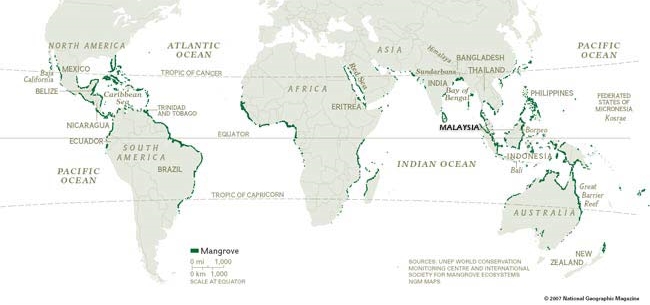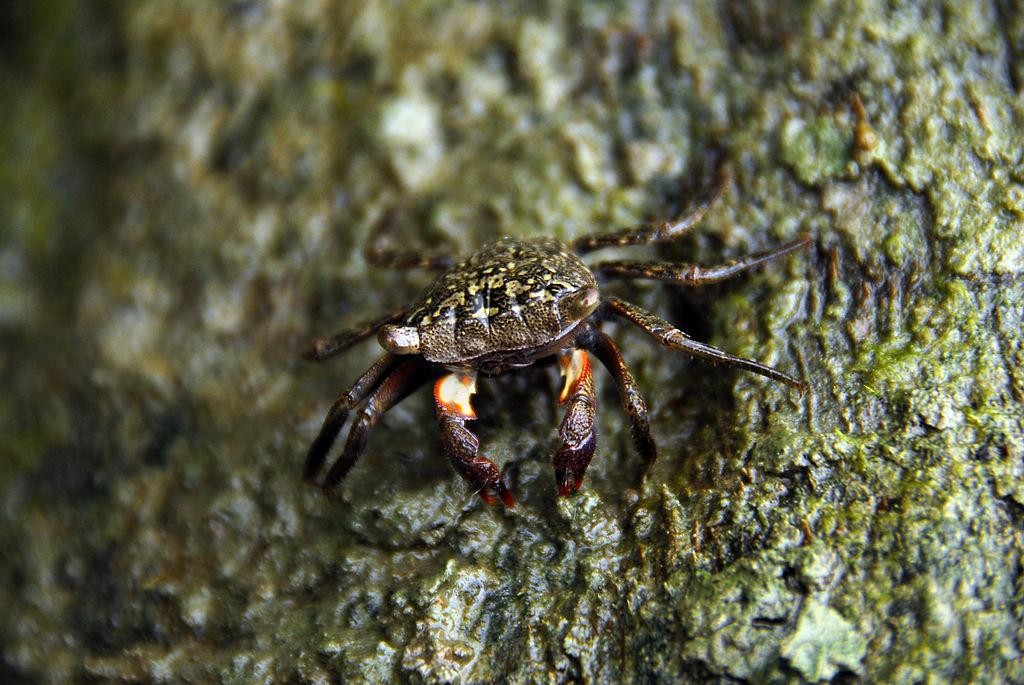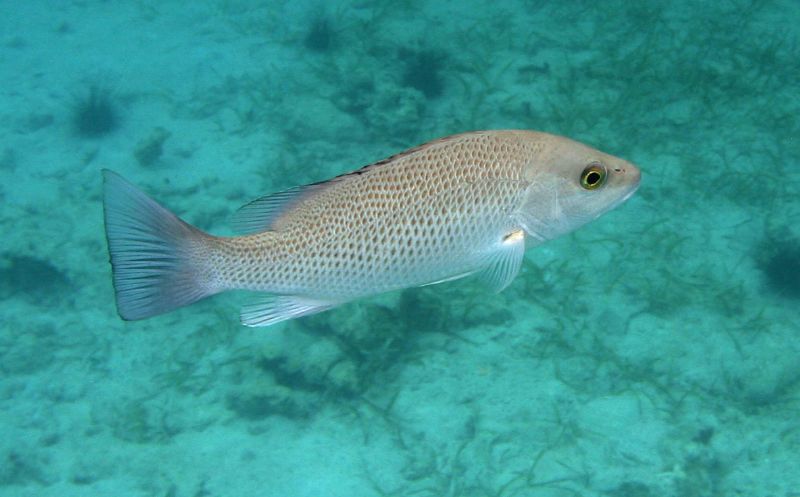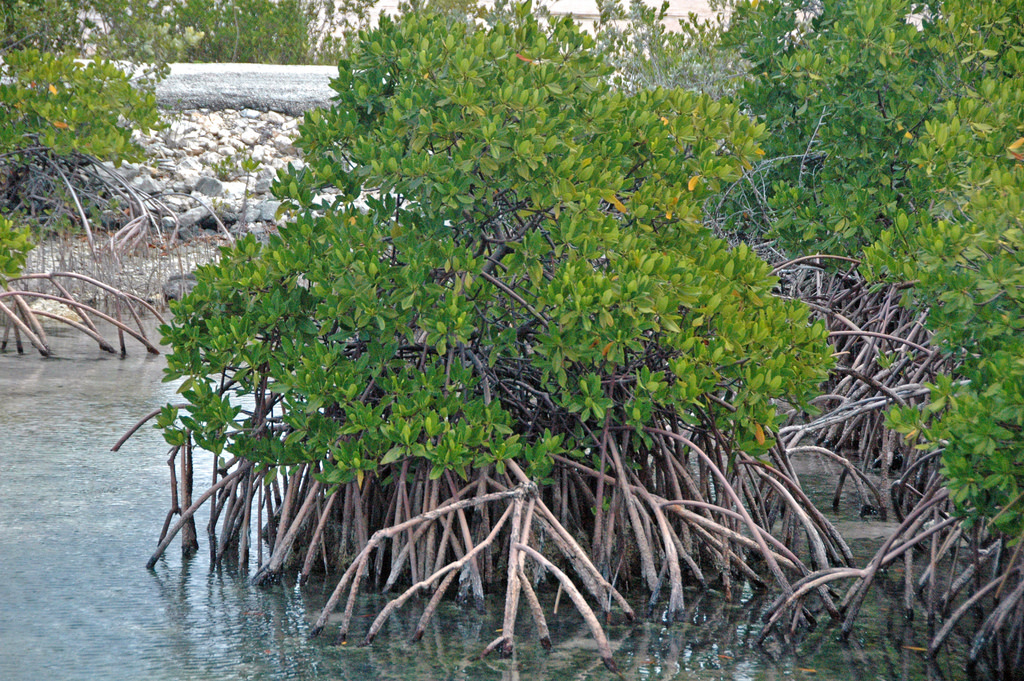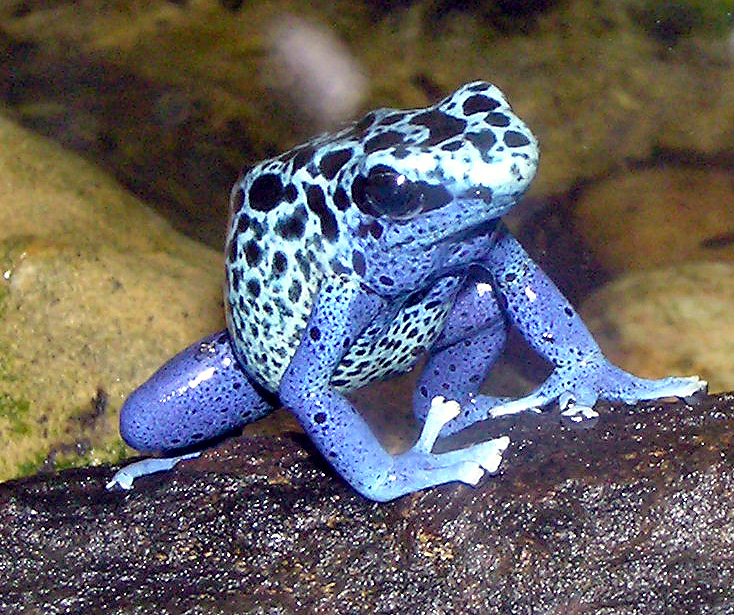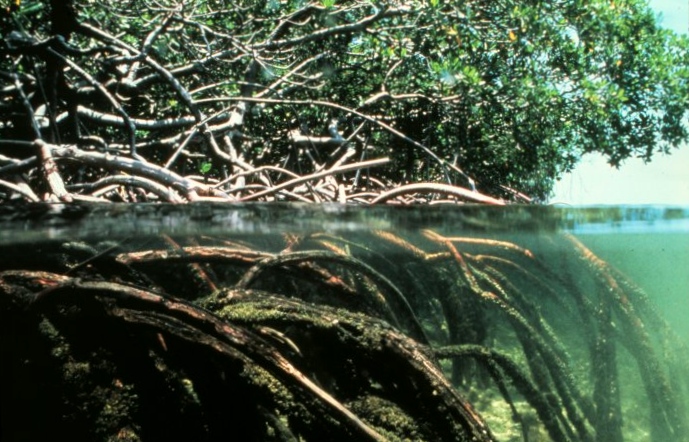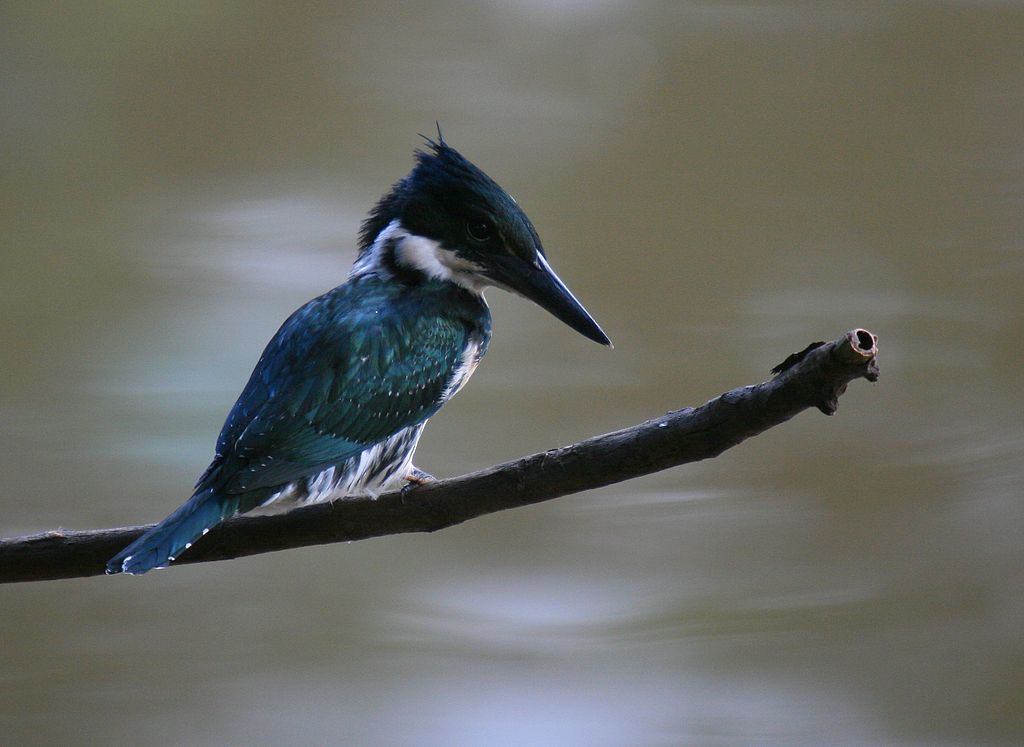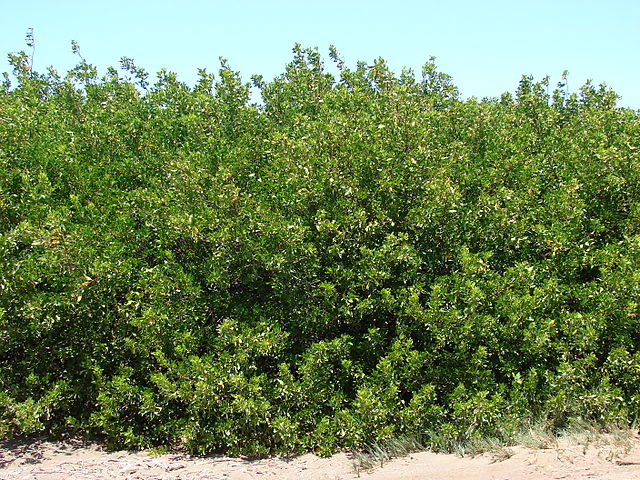MANGROVE
LOCATIONS
The most diverse mangroves occur in South Asia. In some tropical countries like India, Philippines, and Vietnam, more than 50% of the mangrove ecosystems have been lost due to land use transformation. The Mangrove biome is composed of 49 ecoregions.
BASIC DESCRIPTION
Mangroves are characterized by waterlogged, salty soils and occur along sheltered tropical and subtropical shores. They are subject to daily and seasonal water flow fluctuations. Along the gradient of water-based to terrestrial zones within the mangrove ecosystem, the species diversity is very high. The mangrove shows high zone differentiation along a gradient responding to various parameters such as salinity, currents, and substrate type. Mangroves can grow on soft, waterlogged, and oxygen poor soil. The branched aerial roots combined with horizontal extensions give mangroves this ability. Specialized organs allow the roots to absorb oxygen from air, since the soil is low in oxygen. Some species of mangroves can excrete excess salt directly from the leaves. Mangroves require hydrographic and salinity regimes to remain in natural ranges. Mangroves are susceptible to pollution and alteration of salinity levels and water flow. Mangroves promotes soil accretion, sedimentation, and absorb the energy from waves and currents. Severe coastal erosion has been observed in coastal areas that have lost the mangrove forest protection.
REPRESENTATIVE SPECIES
Mangrove habitats function as nurseries to a high number of open ocean and coral reef fish species playing an essential role for fisheries around the world. Species of Mangrove include: Laguncularia racemosa (white mangrove), Rhizophora mangle (Red Mangrove), Avicennia germinans (Black mangrove), and Conocarpus erectus (Cottonwood). Other common tree species present in mangrove forests are Pachira acuatica and Hibiscus tileaceus. Mangroves are also inhabited by a wide variety of crabs, mollusks, marine birds (more than 500 birds in Belize mangroves), snakes, sea turtles, and even manatees.
KEY DESIGN CONSIDERATIONS
Keep intact or restore hydrologic and salinity dynamics
Take extreme care to avoid runoff pollution
Mimic mangrove structure and gradient to manage coastal erosion
Create a buffer against storm events
Create conditions that allow for nursery areas for oceanic fish


